Matt Yeater can relate to Bible stories in which God moves in seemingly impossible ways. His own story is one of them.
Blinded in a meth lab explosion when he was 20 and imprisoned on multiple occasions, Matt doesn’t fit the stereotype of a seminary student. However, he not only graduated May 21, 2016, with a Master of Divinity from Anabaptist Mennonite Biblical Seminary (AMBS) but also was named a recipient of the 2016 Dr. Jacob Bolotin Award from the National Federation of the Blind (NFB) for his work in making biblical languages accessible to blind people.
“It’s not anything I’ve done; it’s God pushing me and telling me to move forward, making a way where there is no way,” reflects Matt, now 36 and a member of Life Tabernacle Church in Elkhart. “He will lead even in the places that don’t make sense to anyone.”
A rocky journey
Matt recalls a childhood and young adulthood with a lot of moves, most of them in the Midwest.
“I was angry and couldn’t stay out of trouble,” he says. “Between ages 13 and 18, I was locked up more time than I was free.”
A meth lab explosion sent him to the hospital, where he spent a month on life support, recovering from chemical burns. The explosion of hydrous ammonia had burned the top half of his lungs; he says he still gets winded easily today.
After leaving the hospital, he “went back to the same old environment,” getting drugs wherever he could.
“People would only give me so much, so I ended up learning how to make meth blind,” he recalls. “I did it for a year and a half before they put me in prison. I got busted on charges of possession and conspiracy to manufacture [illegal substances].”
Matt was sentenced to six years in an Illinois prison. There he went through a drug rehab program and was put on work release, which he did while staying with family in Illinois.
“I became sought after as a motivational speaker for kids by law enforcement,” he says. “When they were losing funding for the DARE [Drug Abuse Resistance Education] program, I’d go in and talk and they’d get funding again.”
After serving three years of his sentence, Matt was released at age 24. He got married to the woman he was with when the meth lab blew up, and they moved to Elkhart—where his dad was—to try to start over. His wife got a job at a gas station, and they had two children, a son and a daughter. Matt had dreams of going to college to become a drug and alcohol counselor.
An unexpected setback
Unfortunately, things got worse before they could get better. One day in November 2005, Matt was watching his children while his wife was at work. He set his infant daughter down in a recliner to go check on his son, who was wearing a bell so he could keep track of where he was. When he returned, he sat down on the recliner without thinking, accidentally sitting on the lower part of one of his daughter’s legs. Frightened, he waited for his wife to come home, and they took her to the hospital, where doctors determined she had a small fracture. Matt was arrested immediately, and the children were taken into foster care.
What followed was a complicated situation in which allegations of battery of a minor dependent were brought against Matt; his daughter allegedly had injuries that were inconsistent with his story of what had happened. So Matt found himself in a jail cell again, facing a trial. For the first and only time in his life, he contemplated suicide.
“I said, ‘Lord, I heard you won’t put more on us than we can bear, but this is too much for me.’ I didn’t see any other choice,’” he says. “I remember the next day. . . I had fallen asleep on my bunk, saying, ‘God, you know what happened.’ I heard a voice, a clear audible voice that said to go get the medical records.”
He called his wife and told her what he’d heard. It took six months, but she was able to get the records to prove that the only injury their daughter had was the leg fracture.
“That was a supernatural experience,” Matt reflects. “No one was coming to preach to me. God sovereignly moved in and blew the thing wide open. And right after that, five preachers came to the jail—a few looking specifically for me.
“I started holding Bible studies in jail as a way of getting people to read the Bible to me,” he adds. “I started doing prayer circles.”
Although the battery charges were dropped, Matt still remained in jail until January 2008 for neglect of a dependent for not having called an ambulance right away. After he got out of jail, he went to church with the people who had been ministering to him.
“My relationship with God has always been a supernatural relationship,” he says. “God would show up and speak, and things would turn around. All I had was the Bible. Our relationship developed through prayer and trials in my life and the Word of God.”
Matt then went to Indiana Bible College in Indianapolis to pursue a bachelor’s degree in Bible with a minor in theology. He graduated in May 2013 with high honors and leadership awards.
“While I was at IBC, God said, ‘Prepare for a Ph.D.,’” he says. He came to visit AMBS.
“I had no money to pay for anything,” he says. His marriage had ended, but he had regained custody of his children. “I knew I wanted to have a place for my kids.”
“As I was walking up to AMBS on my second visit, the Holy Ghost just fell on me and I started speaking in tongues, and I got a phone call saying everything would be paid for, even my housing,” he remembers. “The people I was with were asking what was going on, but I was experiencing what the Lord does for me. God opens up doors along the way.”
Setting a new standard for biblical language study
When Matt became a student at AMBS in the fall of 2013, he faced higher hurdles at seminary than most students, both in terms of accessibility and academics. He had never studied languages before, and the resources available for studying biblical languages in Braille were limited.
Paul Keim, professor of Bible and Religion at Goshen (Indiana) College and a sessional instructor of Hebrew at AMBS, began tutoring him in Greek two times a week, using Braille versions of the Greek grammar and New Testament text. However, after more than two weeks, they realized that the New Testament text they were working with was not ancient Greek but Modern Greek. Back to square one.
“I’ve been teaching language for a long time, but at every turn I realized how most of the strategies and protocols for learning language are for sighted people,” Paul says. “The dictionary and encyclopedia articles were full of symbols Matt couldn’t read.”
Matt and Paul began to explore gaining access to scholarly articles and commentaries in Braille. While they were able to connect with others who had converted biblical language documents into Braille, they realized there was no way for a blind person to successfully produce ancient language material in print in a way that would make sense to sighted scholars.
“Our approach very early on was that we were going to try to reproduce the text [in print] to contribute to the sighted community and to scholarship as a whole,” Matt says. “I wanted to create tools that would help blind people compete with sighted people on terms of equality.”
That same semester, Matt called Duxbury Systems, Inc., a company based in Westford, Massachusetts, that specializes in Braille translation software, supporting up to 147 different languages. He explained to David Holladay, a senior technical staff member, the challenges he was facing in translating the Hebrew characters.
Matt didn’t know it, but David’s father was Bill Holladay, a well-known biblical scholar who translated the Hebrew Bible from German to English. David talked to Bill about Matt’s problem. The next time they talked, he told Matt, “My dad’s a theologian; I’m going to help you.”
Matt said David and his wife, Caryn Navy, also a senior technical staff member at Duxbury, dove into the project, even working on their own time at home to create a new biblical language software profile in Braille that would help Matt and other blind scholars study the ancient languages.
They began building in the Braille software the critical apparatus, which gives scholars information about other manuscripts to find the best reading of a passage. Matt and Loren Johns, professor of New Testament, would write the code; David and Caryn would translate it into the software; and Matt would work through the text and identify where revisions were needed.
“The critical apparatus gave me the opportunity to engage with the biblical textual criticism,” Matt says. “That had never been done by a blind person.”
Matt adds that once they plugged Greek and Hebrew into the new software, they realized they would also need to write code for Syriac, a dialect of Aramaic in which many early Christian texts are written. He and Paul created the consonants, and he worked on the vowels with a fellow student, Ryan Harker, and Ray McAllister, who is blind and has a Ph.D. in Hebrew from Andrews University in Berrien Springs, Michigan.
“We didn’t just want to assign the same vowels for all three scripts [Hebrew, Greek and Syriac],” he says.
“We had to create a systematic code so that it would be the same for a blind person as a sighted person, who could recognize the difference immediately.”
Matt notes that the project has taken three years and is still ongoing. In addition to the critical apparatus, Duxbury’s biblical language software currently contains ancient Hebrew, Aramaic, ancient Greek, ancient Syriac, Coptic and Latin—all of which can be converted to Braille at the touch of a button.
According to Matt, the timing of the project is significant. The Marrakesh Visually Impaired Persons Treaty, passed in June 2013 in Marrakesh, Morocco, grants copyright exceptions so that accessible versions of books and other copyrighted works can be created and shared across borders. So the code Matt and his colleagues have created will set the standard globally for access to biblical languages.
“This is a big deal for the blind community,” he says. “The biblical language profile is now accessible to people all around the world in their own language. There hasn’t been anything like this since Nemeth Code [a Braille code for encoding mathematical and scientific notation linearly].”
He recently also learned that Humanware, a company that makes Braille devices, is adding the software to two of its devices.
“Matt always emphasized that he wanted the results of his work to be accessible to other blind people, to show them that it’s possible to study languages, that tools are available and that they wouldn’t have to start from scratch,” Paul notes. “I don’t know how many people out there want to learn languages and have the capacity, but Matt was convinced that if they could create the software, other people would use it.”
Paul adds that in Matt’s second year, Eileen Saner, then director of the AMBS library, saw a notice on a librarians’ discussion board: another seminary was planning to admit a blind student who wanted to study languages. Matt, Paul and Loren arranged a conference call to share about their experiences.
“That gave us encouragement that our resources could be made available and that our experiences could be valuable to others—not just the blind people but the sighted professors as well,” Paul says. “We discussed everything from biblical language protocols to use to how much time it takes for a blind student to access the materials.”
Paul says that for him, working with Matt on this project transformed his understanding of what accessibility means.
“It’s not just being able to get to the second floor because somebody hoists you up; you can get up there, but you’ve got to find somebody to hoist you,” he says. “The point is to get up there on your own, when you want to go. Physical accessibility is a metaphor for all kinds of accessibility.”
He adds that getting course textbooks in an electronic format that could be translated into Braille was an ongoing need during Matt’s studies. A lot of people at AMBS scanned books for him.
“It’s a question of getting to the point where you don’t always have to depend on the largesse of the community,” he says. “I think that’s what we’ve moved toward.”
Now Matt himself can transfer text from Logos Bible software to Microsoft Word and export it into digital Braille, with the help of the new software. It takes him 10 additional steps, but he can access the same information as a sighted person. And what he writes in any of the biblical languages can be exported into a form that makes sense to sighted scholars.
This spring, thanks in part to those who chose to invest in this project, he successfully defended his thesis, which is provisionally titled, “Yeshua Yahwism: The highest Christology in apposition to mono-Yahwism.”
National recognition
This spring, Matt also applied for the NFB’s Dr. Jacob Bolotin Award, named for a pioneering blind physician, which recognizes “individuals and organizations working in the field of blindness that have demonstrated exemplary leadership and extraordinary accomplishments toward achieving the full integration of the blind into society on a basis of equality.” Matt is also president of the NFB’s Michiana chapter.
In his application, Matt chose to name everyone at AMBS and Duxbury who contributed to the work; he also included two other people who are blind who participated in the project: Ray McAllister and Sarah Blake LaRose, an adjunct instructor at the School of Theology of Anderson (Indiana) University.
“I felt I needed to honor the others’ work; they’re the giants and I’m standing on their shoulders,” he says. He also expresses gratitude to AMBS professors and staff for “not being intimidated” by his needs and for their willingness to invest in learning how to meet them.
The NFB chose to give the $20,000 first-place award to Matt, Ray and Sarah. The award was presented July 5 at the annual convention of the National Federation of the Blind in Orlando, Florida.
Matt plans to continue his post-graduate studies on Second Temple Judaism and the birth of the church, perhaps at a university in Israel. He’d like to sharpen his research skills and to become fluent in Hebrew and Arabic.
“I want a graduate program to say, ‘This kid’s going to be an investment’—that’s how I want to be viewed,” he says. “I want the next blind person to be evaluated on their skills and accomplishments and not their blindness.”
“That’s where I’m at now, just waiting for the next step that God’s going to open up in my life,” he concludes. “My only claim to fame is Jesus’ name. If I accomplish anything, it’s because God is letting me and making it happen.”



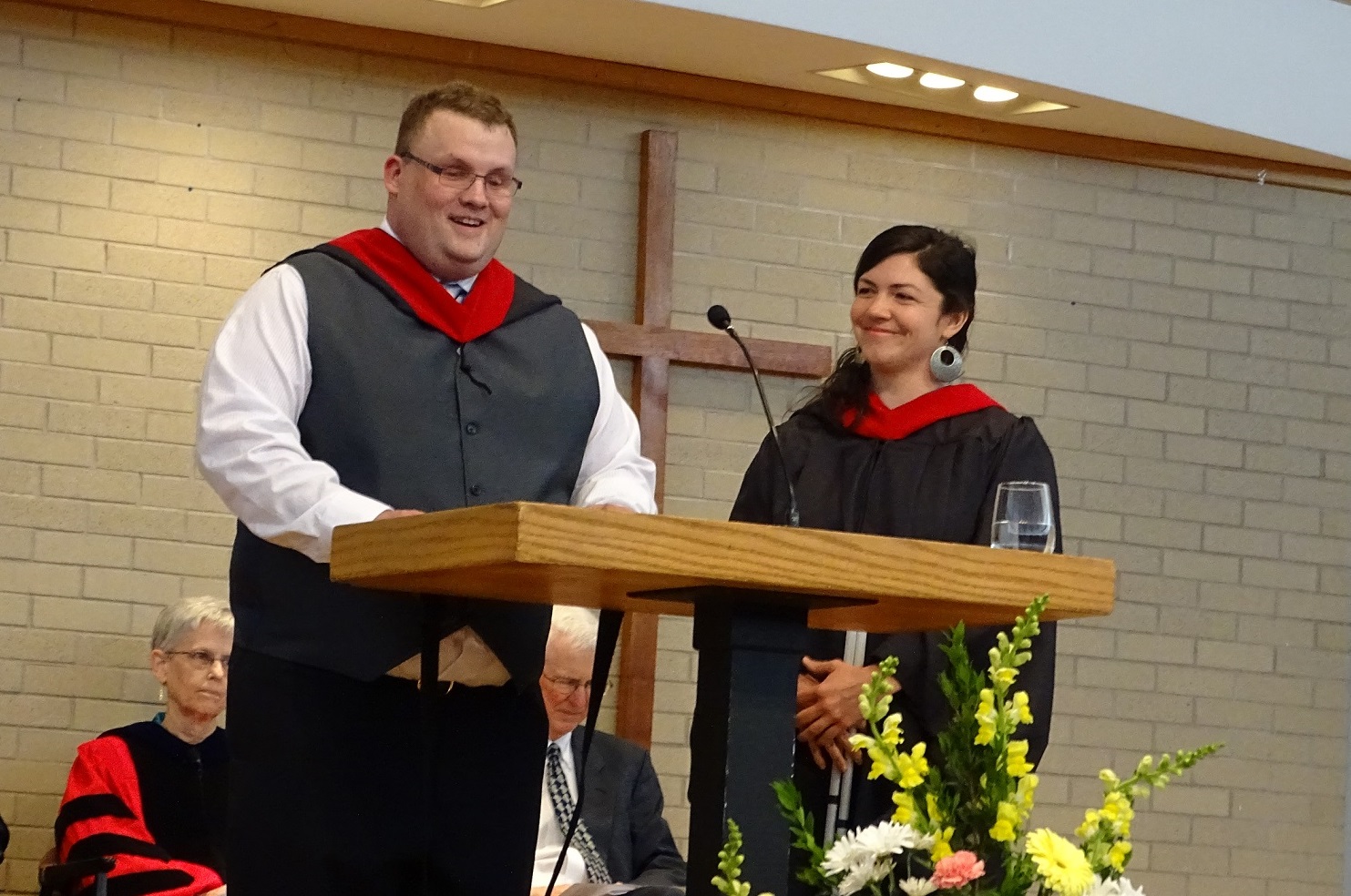

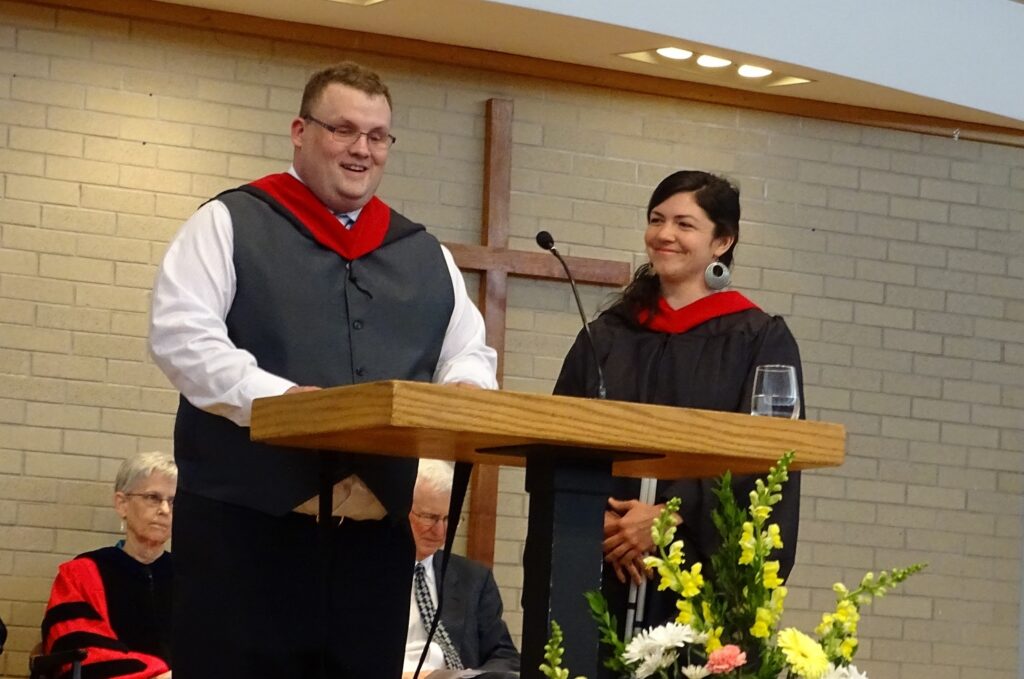
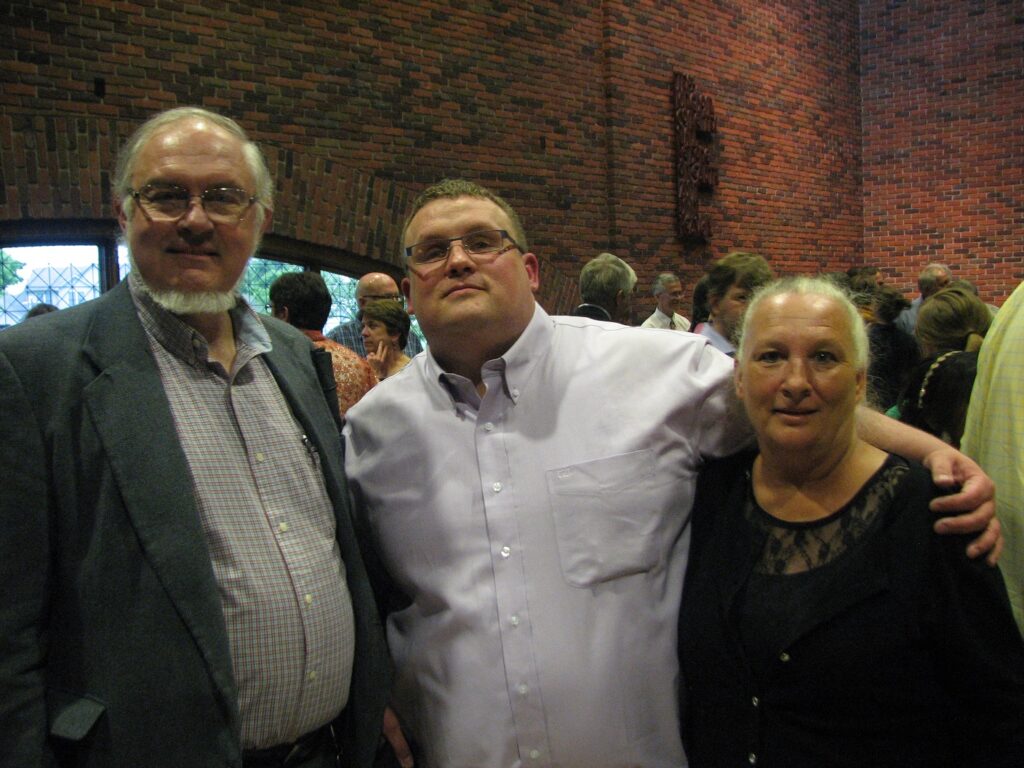
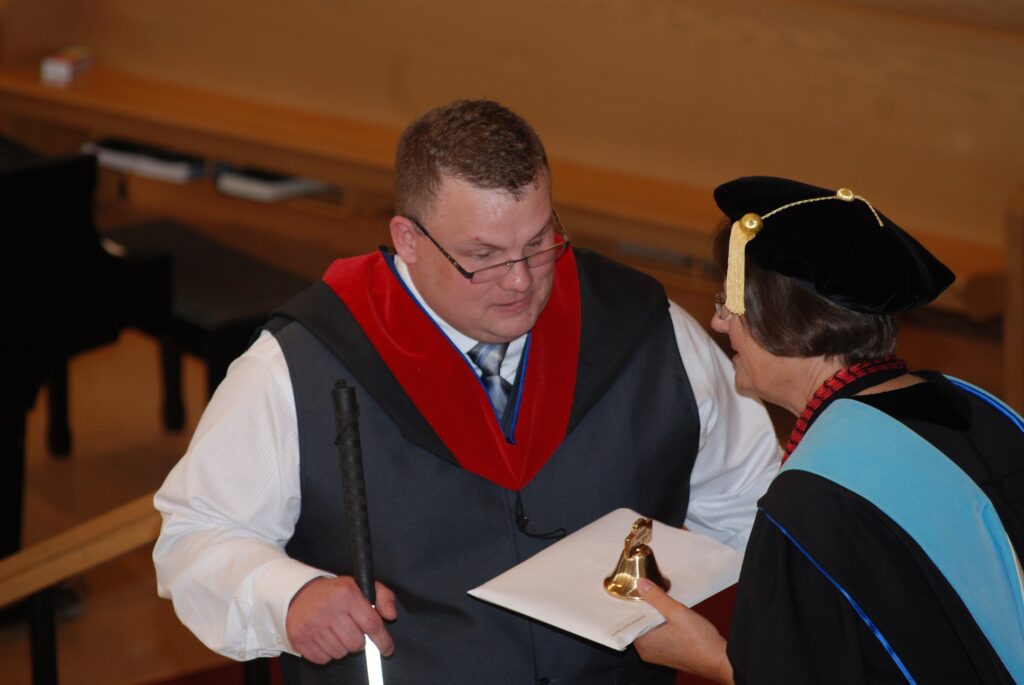
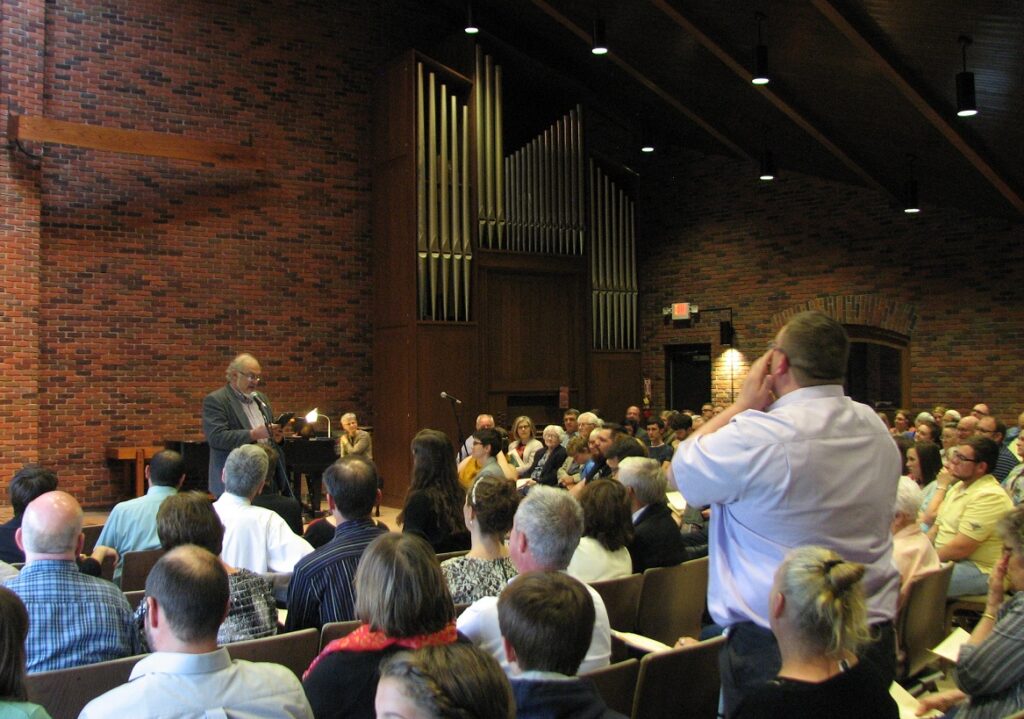
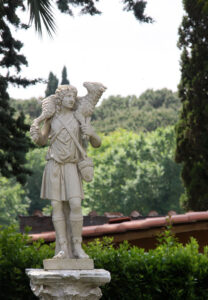
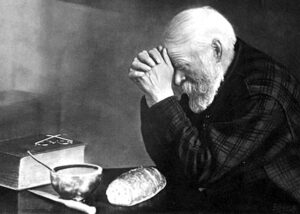
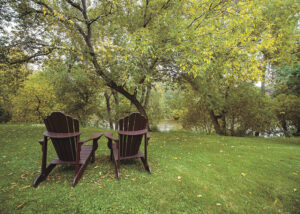

Leave a Reply
You must be logged in to post a comment.